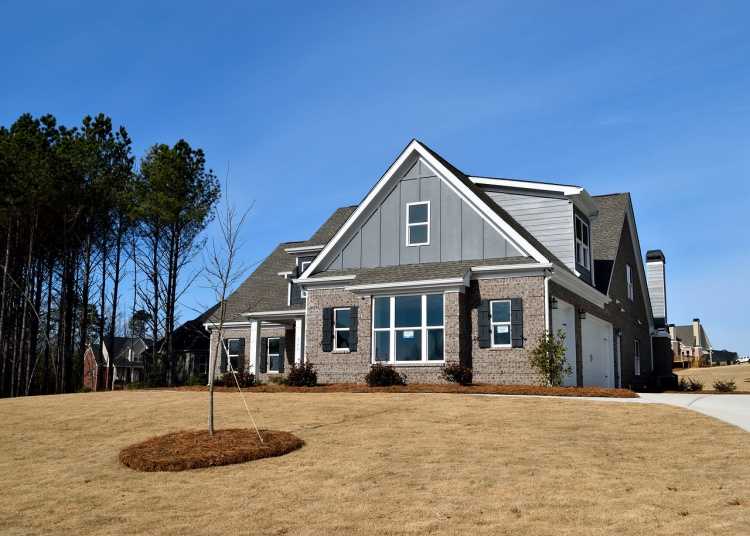
Debt levels across Australia have hit a record high and are still climbing. This makes it difficult for the Reserve Bank of Australia (RBA) to raise interest rates, amplifying the risk to the economy should there be a serious downturn in housing prices.
RBA analysis of the latest national accounts indicates that debt is 99.7% greater than the total earnings of all households, having risen significantly from 67% three years ago. Households are still adding to their debts as more first-home buyers enter the market, established homeowners upgrade their properties, and investors add properties to their portfolios.
According to the RBA, housing debt rose $110bn (6.9%) in the year to November.
Although the Sydney market has cooled and rates have increased for investors, owner-occupiers are still being offered record low rates by many banks, with Westpac advertising special discount rates as low as 3.6% last week.
The central bank has expressed concern over the relentless rise of household debt in Australia, which is among the highest in the developed world. RBA Governor Philip Lowe warned late last year that high levels of debt threatened the stability of the economy.
Also read: Why the RBA’s benchmark interest rate won’t rise any time soon
Wage income growth is rising at about 2%, or is less than a third the pace at which households are taking on new mortgages. Hence, debts will continue to rise compared with incomes.
Cameron Kusher, research director at CoreLogic, said that until now, the rise in debts has been matched by the surge in the value of housing assets. Over the past three years, RBA analysis shows that housing assets have risen from a multiple of 4.1 times the average income to its current level of 5.2 times the average income.
However, with housing markets (particularly Sydney) beginning to soften, households will see the value of their assets drop while their debts remain the same. “If housing is falling, it has the potential to have an impact in other areas like retail,” Kusher told The Australian.
CoreLogic anticipates further declines in Sydney prices this year, while the pace of price growth will slow in Melbourne, with the possibility of drops by the end of the year. Kusher said a rise in interstate migration may support the Brisbane property market.
“Our view is that housing market conditions will be softer than in 2017 and, come the end of the year could see national values driven a little lower,” he said.
Collections: Mortgage News


Share